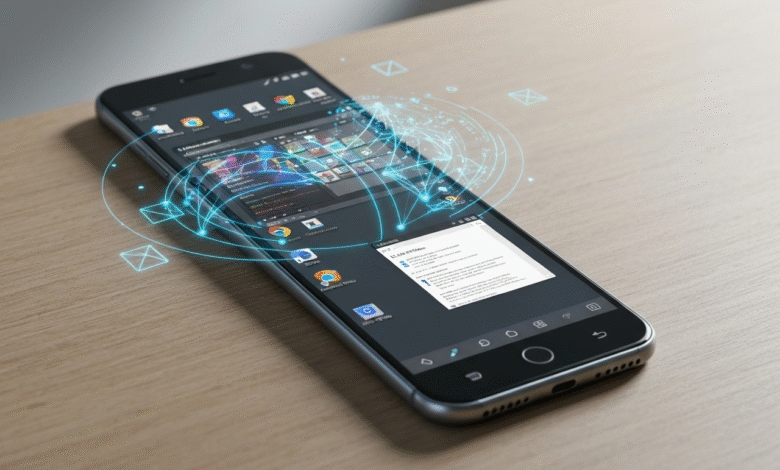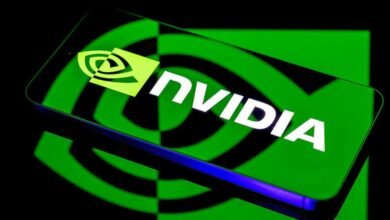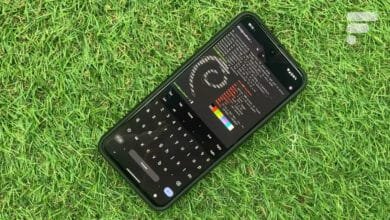Run Linux Desktop Apps on Your Android Phone

▼ Summary
– Android is evolving to support running full Linux graphical applications on devices, moving from CPU-based to GPU-accelerated rendering for better performance.
– Google’s Linux Terminal app enables Linux environments on Android, with recent experimental support for GUI applications, though software rendering limits speed and efficiency.
– GPU virtualization via gfxstream technology forwards graphics calls directly to the host GPU, reducing CPU overhead and enabling smoother Linux GUI experiences in early builds.
– Current implementations face technical hurdles like hardware compatibility, stability issues with audio and UI, and variability across devices and OEMs.
– This capability could transform Android devices into productivity tools for developers and users, with future improvements needed in stability, audio support, and broader adoption.
Running Linux desktop applications on your Android phone is rapidly transitioning from a developer’s curiosity to a genuinely practical capability. This evolution is driven by significant architectural changes within the Android platform itself, particularly the move from software-based rendering to true GPU acceleration. For developers, power users, and anyone looking to transform their mobile device into a portable workstation, these advancements promise a future where powerful desktop tools are accessible anywhere.
The journey to this point began with Google’s Linux Terminal application. This tool creates a virtual machine, typically running a Debian-based environment, providing users with a shell to install packages and run command-line programs. For a long time, its functionality was strictly confined to text-based interfaces. Graphical Linux applications were not a supported feature. More recently, experimental builds have introduced the ability to launch GUI apps, but this came with a major performance bottleneck.
The primary limitation has been the reliance on software rendering. In this mode, all the graphical work for drawing windows, buttons, and animations is handled by the phone’s central processor, not its specialized graphics chip. The result is a sluggish user interface, high CPU utilization that drains the battery quickly, and significant device heating. Running anything more demanding than a simple text editor became an exercise in patience rather than productivity.
The game-changing development is the shift to GPU-accelerated rendering. This allows the Linux environment to offload graphical processing to the device’s dedicated graphics hardware, which is designed for this exact purpose. Currently, the system uses a software rasterizer called Lavapipe, which interprets graphics commands on the CPU. The future lies with a technology called gfxstream. This is a GPU virtualization layer that forwards graphics commands directly from the Linux virtual machine to the host Android system’s GPU. This bypasses the CPU entirely, enabling near-native rendering speeds and a dramatically smoother experience.
Evidence of this shift is already appearing in early Android builds. On recent Canary versions, developers have discovered hidden settings and code paths pointing to an enabled “GPU-accelerated renderer.” On compatible devices like the Pixel 6 and newer, experimenters have successfully run full desktop applications like GIMP and LibreOffice. The process often involves installing a lightweight desktop environment and a compositor. While these early tests can be unstable, they provide a compelling glimpse of the potential.
This capability isn’t limited to Google’s phones. Newer tablets, such as Samsung’s Galaxy Tab S11, also support the Linux Terminal app, hinting at a future where tablets can function as genuine Linux machines with keyboard and mouse support. Early demonstrations have even included running classic games like Doom through the accelerated pipeline, proving the concept’s viability.
However, several technical challenges remain before this becomes a seamless experience. Not all system-on-chips (SoCs) support the necessary memory virtualization features for GPU forwarding. Stability is a major concern, with compositors prone to crashing, audio support often missing, and window management behaving erratically. Device manufacturers may also disable certain features in their custom Android builds, leading to inconsistent behavior across different phones and tablets.
The implications of solving these hurdles are profound. Developers could use full-fledged integrated development environments directly on their phones. Tablets and foldables could become true hybrid productivity devices. This aligns with the broader trend of Android evolving into a more desktop-like operating system when connected to external displays. It also opens doors for on-device AI workloads and local server management through native Linux dashboards.
For those eager to experiment today, the process involves using a compatible device on a Canary build, enabling the Linux Terminal in Developer Options, and using a specific file to trigger the experimental GPU acceleration. The results can be buggy, but they offer a fascinating preview of a future where the line between mobile and desktop computing continues to blur. The path forward requires more robust software support, broader hardware compatibility, and official integration from Google and its partners. If these efforts succeed, stable and powerful Linux app support could become a standard feature in upcoming Android versions.
(Source: Linux Journal)

